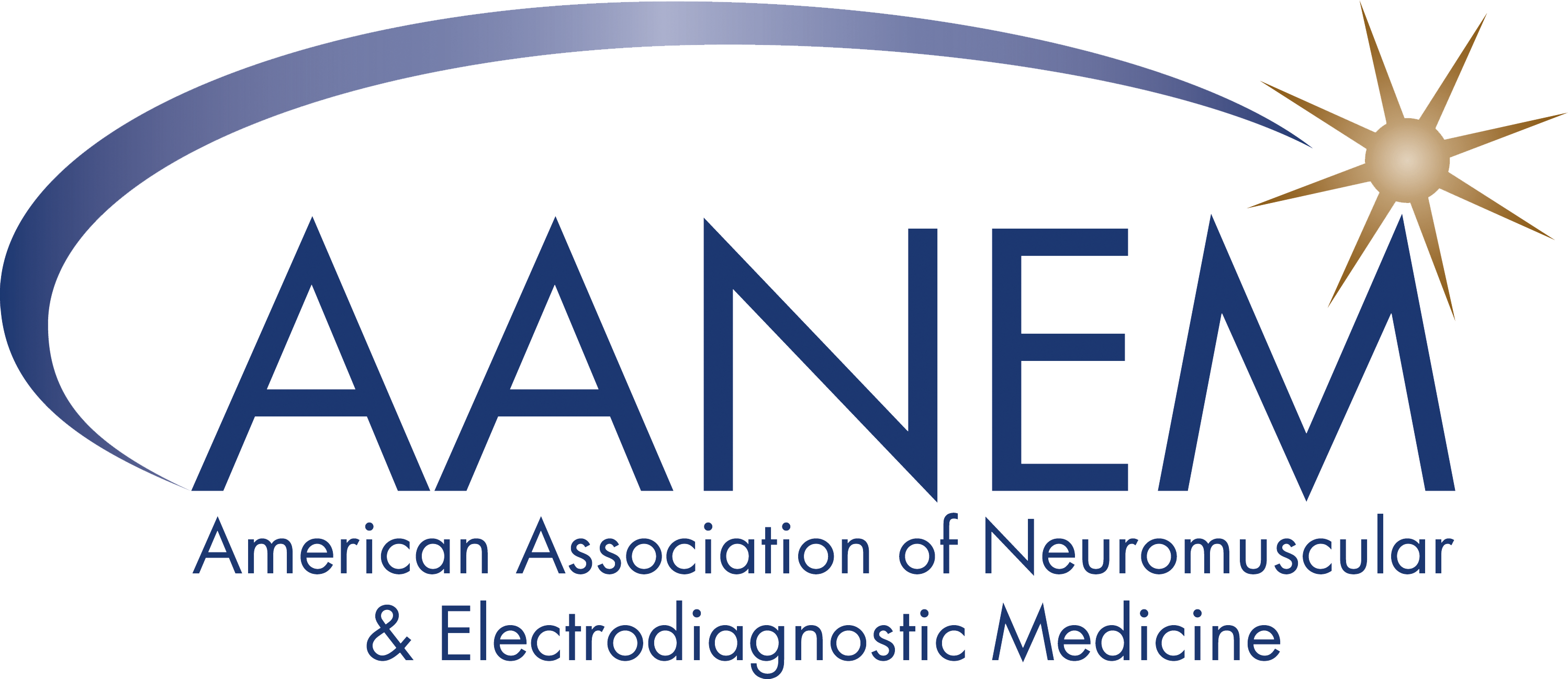Science News: Early Nerve Testing Yields Key Insights in Acute Guillain–Barré Syndrome Diagnosis
Published October 07, 2025
Science News
Submitted by: Matthew Burford, MD
Edited by: Oksana Sayko, MD
Citation: Winkel A, Sanders L, Seiderer L, Cook M, Roberts L. Early electrophysiology in suspected acute Guillain-Barré Syndrome: A prospective study of comprehensive testing. J Clin Neurophysiol. 2025;42(4):357-364. doi:10.1097/WNP.0000000000001122
Summary: Nerve conduction studies (NCSs) play a significant role in diagnosis of Guillain–Barré Syndrome (GBS). It is well-known that electrophysiologic studies may be normal in about 10% of cases within the first week of symptoms and there has been much work on attempting to optimize sensitivity and specificity of NCSs as well as electrophysiologic criteria in early (7-14 days post onset) or very early (<7 days post onset) phases of disease. There also remains some debate regarding the need for repeated NCSs to determine the underlying GBS pathophysiology (axonal/paranodal versus demyelinating) though the most recent diagnostic guidelines downplay the clinical utility of this differentiation in practice. This group attempts to add to this collection of work by prospectively evaluating patients with GBS who presented to their institution from 2016-2018 with a standardized set of NCSs. As a novel component, they also utilized less typical studies which have not been systematically studied in GBS. These uncommon studies include:
- Contraction-induced H-reflexes (CIHR) – utilizing muscle contraction to facilitate H-reflex recording from muscles other than the soleus.
- Long latency reflexes (LLR) – Utilize a similar setup as CIHR and record responses that follow the H-reflex which are thought related to transcortical pathways.
- Cutaneous silent period (CSP) – Recording of a brief interruption of ongoing muscle contraction in response to nerve stimulus.
Within the study period, 13 patients with GBS were recruited within the first two weeks of symptoms as were 7 GBS mimics presenting within a similar time period. The GBS patients had an average age of 44 (range 17-71) and were predominantly men (9:4 M:F). Most patients received a standardized work up including CSF analysis, blood testing including ganglioside antibody testing, and MRI imaging.
Three standardized NCSs were performed on post hospitalization day 0-2, day 7, and day 21. These studies included bilateral basic motor studies with F-waves (median, ulnar, fibular, tibial), sensory studies (both orthodromic and antidromic studies in the upper extremities [median, ulnar, and superficial radial] and only antidromic studies in the lower extremities [superficial fibular and sural]), and bilateral tibial H-reflexes. The CIHRs were studied from bilateral median (FCR), ulnar (FDI), and fibular (TA) distributions. Long latency reflexes were studied from bilateral median (APB) distributions. Cutaneous silent period was recorded from at least one upper and one lower limb. They compared 3 GBS electrophysiologic criteria (Rajabally, Hadden, and Uncini).
Most (7/13) GBS patients were consistently diagnosed using all criteria as of the first NCS, 2/13 were equivocal on the first study but subsequent studies showed consistent diagnosis, and 2/13 remained equivocal throughout the examination period (both were atypical clinical variants, acute bulbar palsy and facial diplegia with distal paresthesias). Most (9/13) were classified as AIDP and 2/13 as AMSAN. It was noted that the sensitivity of a unilateral (1 upper/1lower extremity) study was similar to bilateral 4 limb studies at all time points. Additionally, antidromic and orthodromic upper extremity sensory NCSs showed no significant difference in the likelihood of abnormality in GBS patients.
The most likely abnormalities in GBS patients that also differentiated cases from mimics included a sural sparing pattern of sensory abnormality (Defined as abnormal ulnar sensory responses with preserved sural sensory response; Abnormal in 77% GBS on initial NCS) and tibial H-reflex (Abnormal in 92% GBS on initial NCS). Other commonly abnormal and discriminating features from mimics included prolonged distal motor latencies and distal CMAP duration. CMAP amplitudes and F-wave minimal latencies were less likely to be abnormal in GBS patients or were less likely to be discriminating from mimics.
The findings reaffirm some typical practice in GBS, including that unilateral upper/lower extremity studies provide helpful sensitivity and that late responses, sural sparing, and distal motor findings are often the earliest findings.
While the small numbers in this cohort prevent extensive statistical analysis, this study looks at uncommonly used modalities (CIHR, LLR, and CSP) and, while often abnormal, may have limited clinical utility due to technical challenges and difficulty in discriminating GBS from mimics.
Article of similar interest:
- Gordon PH, Wilbourn AJ. Early electrodiagnostic findings in Guillain-Barré syndrome. Arch Neurol. 2001;58(6):913-917. doi:10.1001/archneur.58.6.913
- Albertí MA, Alentorn A, Martínez-Yelamos S, et al. Very early electrodiagnostic findings in Guillain-Barré syndrome. J Peripher Nerv Syst. 2011;16(2):136-142. doi:10.1111/j.1529-8027.2011.00338.x
- Rajabally YA, Hiew FL. Optimizing electrodiagnosis for Guillain-Barré syndrome: Clues from clinical practice. Muscle Nerve. 2017;55(5):748-751. doi:10.1002/mus.25433
- van Doorn PA, Van den Bergh PYK, Hadden RDM, et al. European Academy of Neurology/Peripheral Nerve Society Guideline on diagnosis and treatment of Guillain-Barré syndrome. Eur J Neurol. 2023;30(12):3646-3674. doi:10.1111/ene.16073
